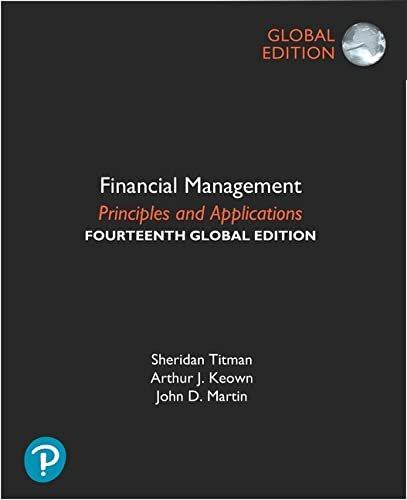The principal of the time value of money is probably the single most important concept in financial manapement. One of the most frequently encountered applications involves the calculation of a future value. The process for converting present values into future values is called This process requires knowledge of the values of three of four time-value-of-money variables. Which of the following is not on The interest rate (1) that could be earned by invested fund: The present value (PV) of the amount invested The inflation rate indicating the change in average prices The duration of the investment ( N ) All other things being equal, the numerical difference between a present and a future value corresponds to the amount of interest earned during the deposit or investment period. Each line on the following graph corresponds to an interest rate: 0%, 10\%, or 20%, Identify the interest rate that corresponds with each line. Investments and loans base their interest calculations on one of two possible methods: the interest and the interest methods. Both methods apply three variables-the amount of principal, the interest rate, and the investment ol period-to the amount deposited or invested in order to compute the amount of interest. However, the two methods differ in their relationship between the variables. Assume that the variables I, N, and PV represent the interest rate, investment or deposit period, and present value of the amount deposited a invested, respectively. Which equation best represents the calculation of a future value (FV) using: Assume that the variables I, N, and PV represent the interest rote; imvestment or deposit period, and present value of the amount depovited or invested, respectively, Which equation best represents the colculation of a future value (FV) using: Compound interest? PV=(1+1)N/PVFV=PV+(PVIN)FV=PV(1+1)N Simple interest? FV=PV+(PV1N)FV=PV(PV1N)FV=PV1N Identify whether the following statements about the simple and compound interest methods are true or faise. Statement The process of earning compound interest allows a depositor or investor to earn interest on any interest earned in prior periods. After the end of the second year and all other factors remaining equal, a future value based on compound interest will never exceed the future value based on simple interest. All other factors being equal, both the simple interest and the compound interest methods will accrue the same amount of earned interest by the end of the first year









